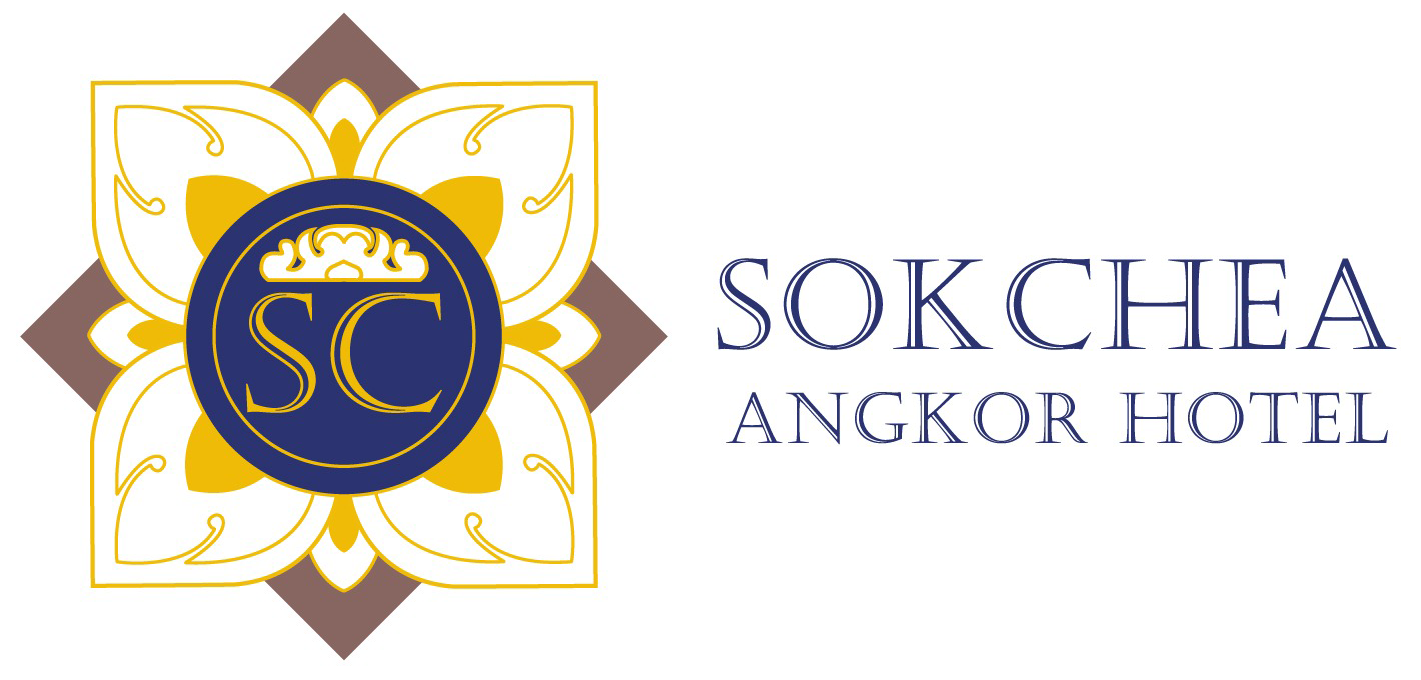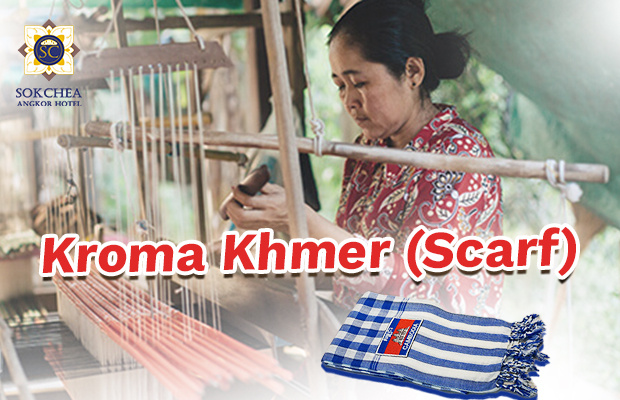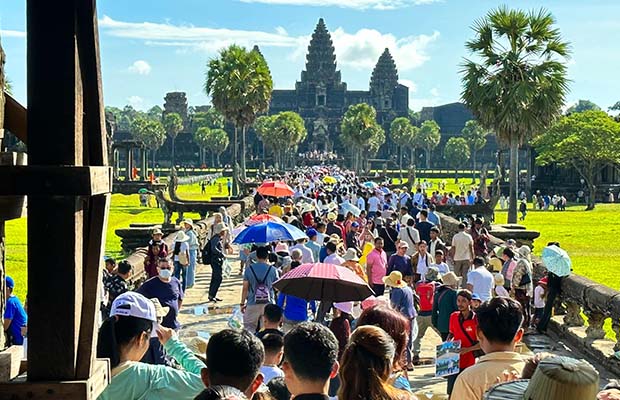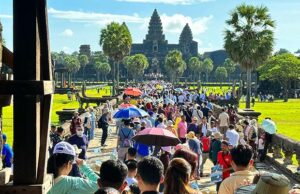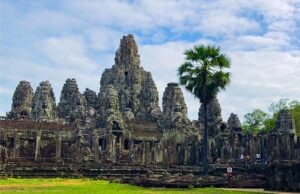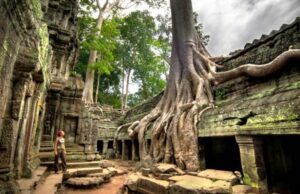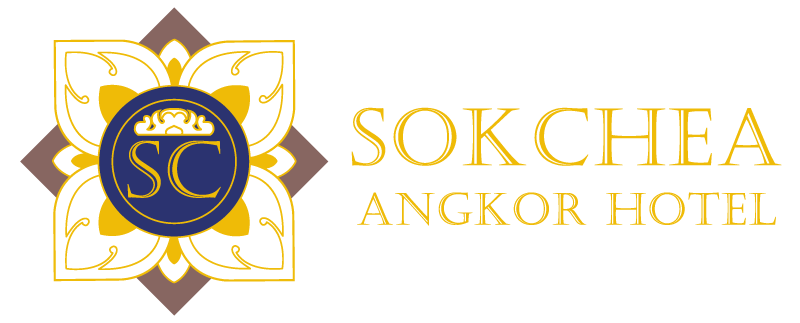Staying Fit While Traveling: The Hotel Gym and Fitness Center Experience at Sokchea Angkor Hotel
Traveling can often disrupt healthy routines, but staying fit on the road is easier when accommodations include quality fitness facilities. The Sokchea Angkor Hotel in Siem Reap understands this need and provides guests with a well-equipped gym, making it convenient to maintain wellness while enjoying their travels.
The hotel gym at Sokchea Angkor is clean, spacious, and thoughtfully designed for both casual and committed fitness enthusiasts. It offers a range of equipment, including treadmills, stationary bikes, free weights, and multi-function machines—perfect for cardio sessions, strength training, or a full-body workout. Natural lighting and air-conditioned comfort create an inviting space to exercise, whether in the early morning or after a day of exploring nearby temples.
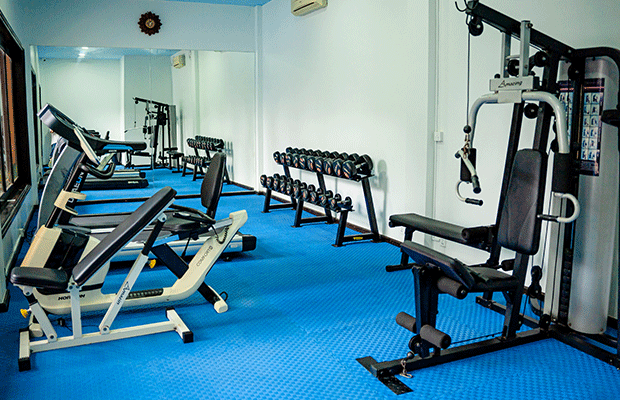
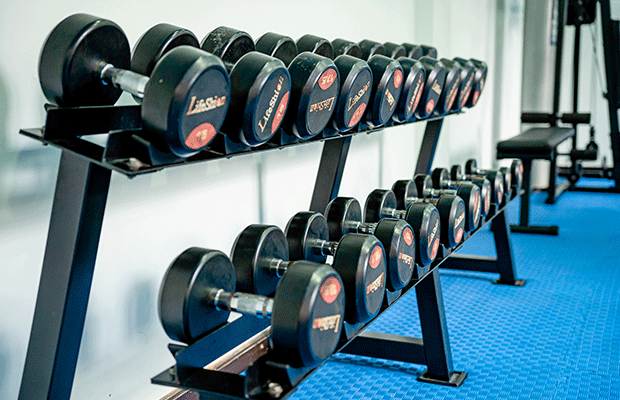
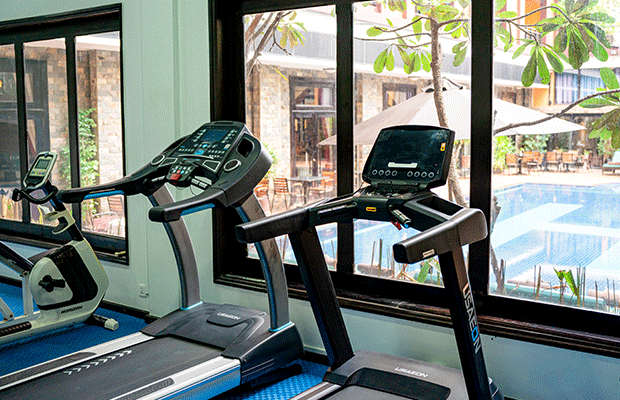
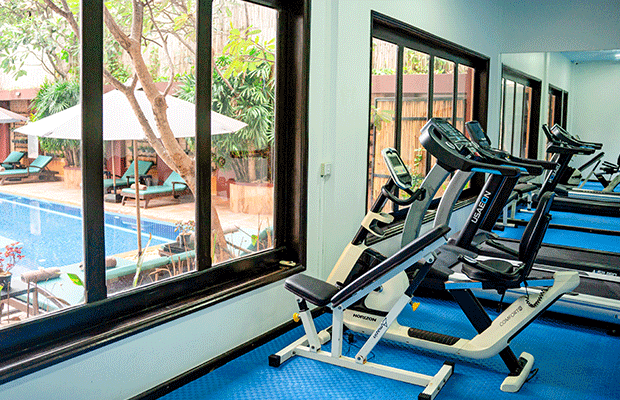
Maintaining a fitness routine while traveling has numerous benefits, from boosting energy and reducing stress to improving sleep and adjusting to new time zones. At Sokchea Angkor Hotel, guests can start their day with an energizing workout before heading out to visit the iconic Angkor Wat, or wind down with light stretching in the evening.
For health-conscious travelers, packing light workout gear and scheduling time for fitness ensures that travel doesn’t mean losing progress. The Sokchea Angkor Hotel’s gym offers the tools needed to stay on track, blending comfort, convenience, and wellness in one place.
In conclusion, Sokchea Angkor Hotel’s fitness center helps guests stay active and balanced, proving that even while traveling, health and well-being don’t have to take a break.
